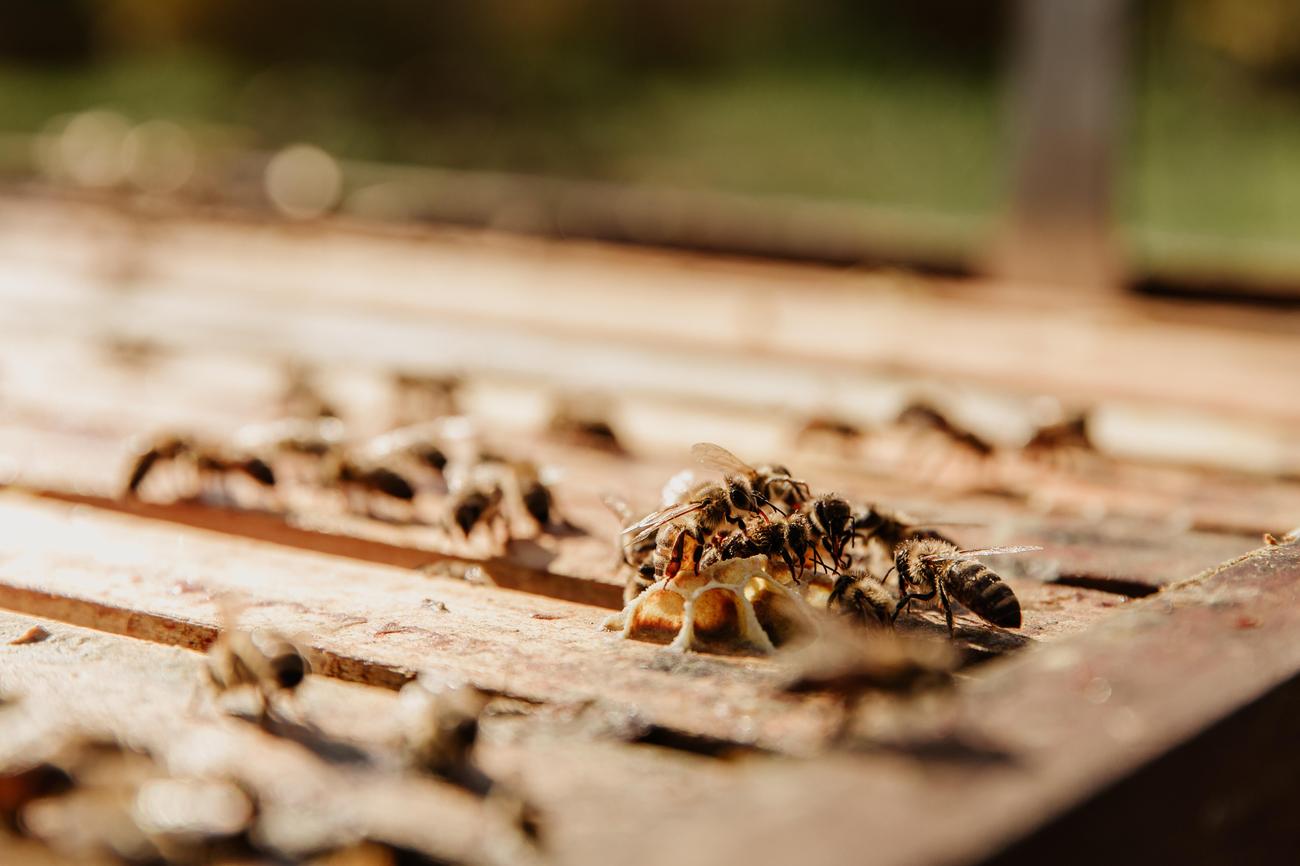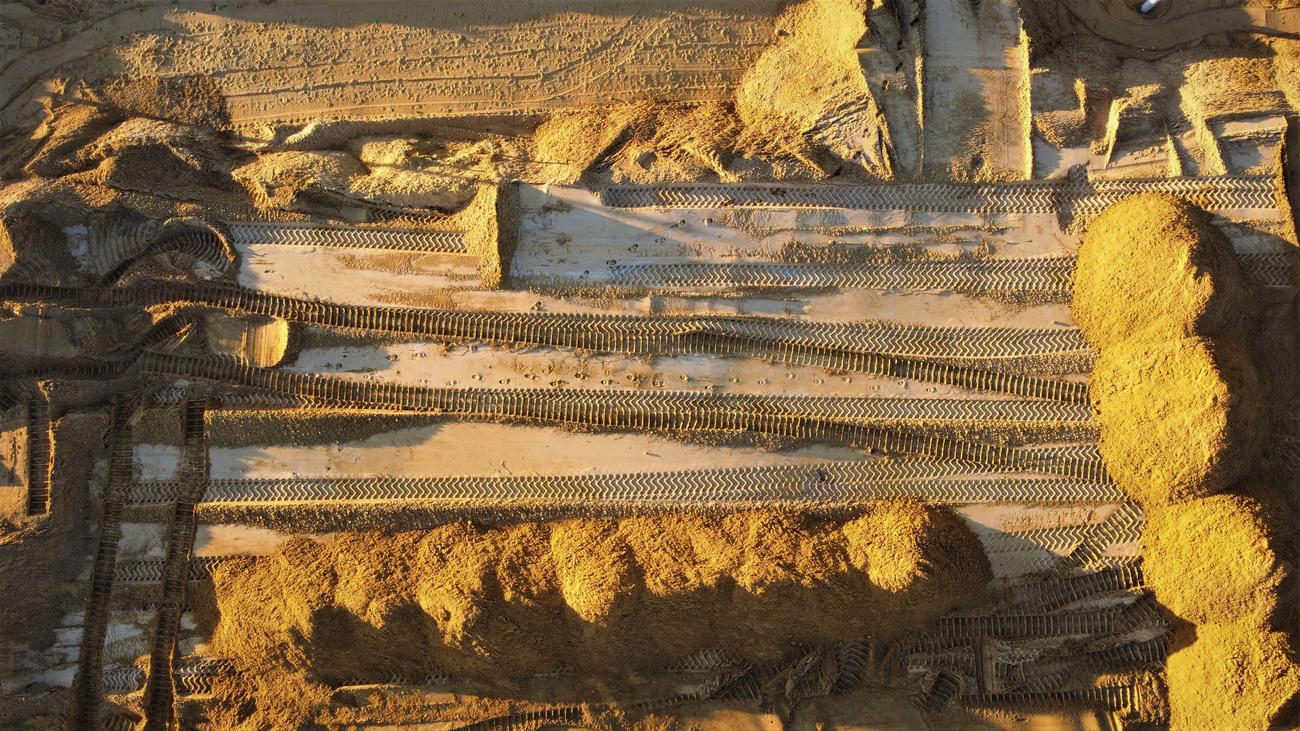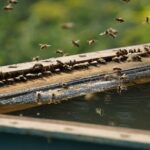Are termites wreaking havoc on your property? If so, fear not! In this article, we will delve into the ins and outs of termite prevention, uncovering the nine crucial factors that will shield your home or business from these destructive insects. As an experienced entomologist specializing in pest management, I have dedicated my career to studying and understanding termite biology and behavior. With a PhD in Entomology and a wealth of published research, I am here to empower you with the knowledge to tackle these pests head-on. So, let’s dive into the world of termites and discover the nine essential secrets to effective termite prevention!

List 9 Important Of Termite
Termites may be small in size, but they have the potential to cause significant damage to homes and businesses. To effectively prevent these destructive insects and protect your property, it is crucial to consider the following nine factors:
1. Identify and Understand Termite Species
Not all termites are the same, and different species may require different prevention strategies. By identifying and understanding the specific termite species present in your area, you can tailor your prevention efforts to target them effectively. Whether it’s subterranean termites, drywood termites, or dampwood termites, knowing your enemy is the first step towards successful termite prevention.
“Knowing the termite species in your area is like understanding the strengths and weaknesses of your opponent.”
2. Inspect and Monitor Regularly
Regular inspections are key to detecting termite activity before it becomes a major problem. By routinely checking vulnerable areas such as wooden structures, foundations, and basements, you can catch any signs of termite infestation early on. Implementing a monitoring system that includes termite baits or traps can also help identify and control termite populations.
“An ounce of prevention is worth a pound of cure. Regular inspections can save you from the headaches of termite damage.”
3. Maintain Proper Ventilation and Moisture Control
Termites thrive in moist environments and are attracted to areas with high humidity. By ensuring proper ventilation and moisture control in and around your property, you can create an inhospitable environment for termites. Repairing leaks, improving drainage systems, and using dehumidifiers in damp areas can significantly reduce the risk of termite infestation.
“Cutting off the water supply is like removing a welcome mat for termites.”
4. Remove Wood and Debris from Around Your Property
Wood and debris near your property can serve as a food source and potential nesting site for termites. It is essential to remove and properly dispose of any wooden debris, including old tree stumps, fallen branches, and firewood stacks, that are in close proximity to your home or building. Keeping a clear perimeter can deter termites from approaching your property.
“Don’t provide termites with a buffet. Keep your property free from unnecessary wood and debris.”
5. Protect the Foundation
The foundation of your property is a vulnerable entry point for termites. Applying termite barriers or using treated wood during construction can help prevent termites from gaining access. Regularly inspecting the foundation for cracks or gaps and promptly repairing them can also eliminate potential entry points for termites.
“A strong foundation is the armor that keeps termites at bay.”
6. Utilize Termite-Resistant Materials
When building or renovating, consider using termite-resistant materials such as concrete, steel, or pressure-treated wood. These materials are less susceptible to termite damage and can provide an extra layer of protection against infestations. Applying termite-resistant coatings or treatments to vulnerable areas can also be beneficial.
“Building with termite-resistant materials is like fortifying your property against invaders.”
7. Practice Proper Landscaping
Landscaping choices can either attract or repel termites. Avoid placing mulch directly against your property’s foundation, as it can create a bridge for termites to enter. Instead, maintain a clear gap between mulch and structures. Additionally, choose plants that are less attractive to termites and regularly trim shrubs and trees to prevent contact with your property.
“Smart landscaping can create a termite-free buffer between your property and the outside world.”
8. Consult with a Professional Pest Control Service
While proactive prevention measures can go a long way, it is always advisable to seek professional assistance. A licensed pest control service can conduct thorough inspections, apply targeted treatments, and provide expert advice based on the specific termite species and conditions in your area. Their experience and expertise can ensure comprehensive termite prevention.
“Team up with the experts to form an impenetrable line of defense against termites.”
9. Educate Yourself and Stay Informed
Knowledge is power when it comes to termite prevention. Stay updated on the latest research, industry standards, and effective prevention strategies. Educate yourself about the signs of termite activity, preventive measures, and potential risk factors for infestation. By being proactive and well-informed, you can better protect your property from termite damage.
“Empower yourself with knowledge, and you hold the key to effective termite prevention.”
In summary, to effectively prevent termite infestations and protect your property, it is crucial to identify termite species, regularly inspect and monitor, maintain proper ventilation and moisture control, remove wood and debris, protect the foundation, utilize termite-resistant materials, practice proper landscaping, consult with professionals, and educate yourself about termite prevention. By considering these nine important factors, you can significantly reduce the risk of termite damage and ensure long-term termite prevention.
Termites may be small, but they are fascinating creatures with a world of their own. Did you know that termites have been around for over 250 million years? That’s just one of the incredible facts about these tiny insects. If you want to learn more about the secret lives of termites, check out our article on 10 fun facts about termites. You’ll be amazed at what you discover! So why wait? Click here to explore the intriguing world of termites: 10 fun facts about termites.
List 9 Important Of Termite
Did you know that termites are capable of astounding behaviors? From building towering mounds to working tirelessly together, these tiny creatures never cease to amaze. If you’re curious about the surprising behaviors of termites, you’ll definitely want to check out our article on the subject. Discover how their societal structure allows for efficient cooperation and the incredible ecological role they play in maintaining balance in their ecosystems. You’ll also be astonished by the remarkable abilities that termites possess, such as their impressive nest-building skills and their ability to communicate using chemical signals. Delve into the world of termites and uncover the secrets behind their fascinating behaviors by clicking here: surprising behaviors of termites.
Our planet’s natural systems are truly remarkable, and one such example is the ecological role of termites. These tiny insects play a significant part in maintaining the delicate balance of our ecosystems. Discover how termites contribute to nutrient cycling and soil aeration, providing essential benefits for plants and other organisms. Learn about the symbiotic relationships they form with other animals and their role in decomposition. If you want to gain a deeper understanding of the ecological impact termites have, click here: ecological role of termites.
Prepare to be amazed by the remarkable abilities of termites! These industrious insects are capable of accomplishing astonishing feats. Discover how they construct complex structures, including their towering mounds that regulate temperature and humidity. Explore their ability to forage for food over vast distances and their unique digestion process. If you’re intrigued by the extraordinary abilities of termites, don’t miss out on our article that dives deep into the subject. Click here to uncover the secrets behind their surprising talents: remarkable abilities of termites.
Uncover the intriguing world of termites and be captivated by their surprising behaviors, ecological role, and remarkable abilities. These tiny creatures are more incredible than you could ever imagine. Embrace your curiosity and join us on this fascinating journey into the lives of termites. Remember to click the links above to access our articles on the subject. Happy exploring!
Termites: The Amazing Architects and Silent Destroyers
[youtube v=”ZceL-Ays5BI”]
The Role of Termites in Nature
Termites, found in various habitats worldwide, are not just tiny creatures but an essential part of our ecosystem. These arthropods are responsible for decomposing large amounts of decaying wood and plants, keeping our environment clean and balanced. Without termites, our world would be a lot messier. They contribute significantly to the overall health of our planet.
The Destructive Nature of Termites
However, as beneficial as they are to the environment, termites can become a nuisance when they invade human dwellings. These silent destroyers have the ability to chew through walls and floors without being detected until significant damage is done. Each year, termites cause billions of dollars in damage to buildings, making termite prevention and control crucial for homeowners.
Structure and Hierarchy of Termite Colonies
Termites live in colonies where each member has specific roles and responsibilities. Worker termites, the majority of the colony, handle tasks such as building and maintaining nests, as well as foraging for food. Soldier termites, as their name suggests, protect the colony from enemies. They use their sharp hook-like mandibles to ward off threats.
Termites’ Predators and Unexpected Uses
While termites play a vital role in the ecosystem, they are not immune to predation. Animals such as anteaters, aardvarks, birds, and large bugs feed on termites. Surprisingly, in some parts of the world, humans also consume termites as a good source of protein. These termite enthusiasts consider them a special treat.
The Reproduction and Growth of Termite Colonies
Within a termite colony, there are kings and queens responsible for reproduction. Female termite queens are truly extraordinary, as they can lay an egg approximately every three seconds during their 25 to 50-year lifespan. This staggering rate of egg production allows termite mounds to grow rapidly and house millions of termites. If the king or queen dies, a young termite will develop into the new monarch.
Termites as Architects and the Lessons They Teach Us
Termites are not just busy workers; they are also remarkably skilled architects. These tiny insects construct mounds that maintain precise levels of moisture and temperature—a challenging feat for creatures living in such large colonies. The termites create air channels throughout the mound to ensure proper ventilation and circulation. Interestingly, termite mounds have inspired human engineers and architects, who study their building techniques to improve our own construction practices.
Strategies for Termite Prevention and Control
To protect your property from termite damage, it is crucial to implement preventive measures. Regular inspections and monitoring of vulnerable areas are essential for early detection of termite infestation. Proper ventilation and moisture control, along with the removal of wood and debris around the property, create an inhospitable environment for termites. Additionally, incorporating termite-resistant materials during construction or renovations and practicing smart landscaping choices can significantly reduce the risk of infestation. Seeking professional assistance from licensed pest control services ensures thorough inspections and targeted treatments tailored to your specific needs.
In conclusion, termites are fascinating creatures. They serve a vital ecological role in decomposing organic matter, but their destructive nature can wreak havoc on human structures. By understanding their behavior and implementing preventive measures, we can appreciate the beauty of these arthropods while safeguarding our homes from their silent destruction.
“Termites are not just tiny creatures, but remarkable architects that have inspired human engineers and architects to improve our own construction techniques.”

FAQ
Question 1:
What role do termites play in the ecosystem?
Answer 1:
Termites play an important role as decomposers of wood and vegetative material. They contribute to the ecosystem by breaking down dead plant matter and returning nutrients to the soil.
Question 2:
How are termites classified?
Answer 2:
Termites are classified under the insect class Insecta in the animal kingdom. They are separate from ants and bees, although they share similarities in their social systems.
Question 3:
Are termites harmful to humans?
Answer 3:
While termites do not pose direct harm to humans, they can cause economic loss in some countries due to their ability to damage structures made of wood. Prevention and control measures are essential to minimize potential damage.
Question 4:
Can termites be distinguished from ants?
Answer 4:
Termites are sometimes called “white ants,” but they are not ants. One way to distinguish termites from ants is by their straight, bead-like antennae, while ants have elbowed antennae. Additionally, termites have a broader waist compared to ants.
Question 5:
Are there any benefits or uses of termites?
Answer 5:
Apart from their role in the ecosystem, some termite species are used for edible and medicinal purposes in various countries. Additionally, termites have the potential for a larger role in future ecosystems beyond their wood-consumption behavior.
- Unlock Filipino Culture: A Deep Dive into Traditions and Practices - April 23, 2025
- Unlock Spanish Culture: Insights & Opportunities Now - April 23, 2025
- White Spirit Uses & Substitutes: A Deep Dive for Pros & DIYers - April 23, 2025
















